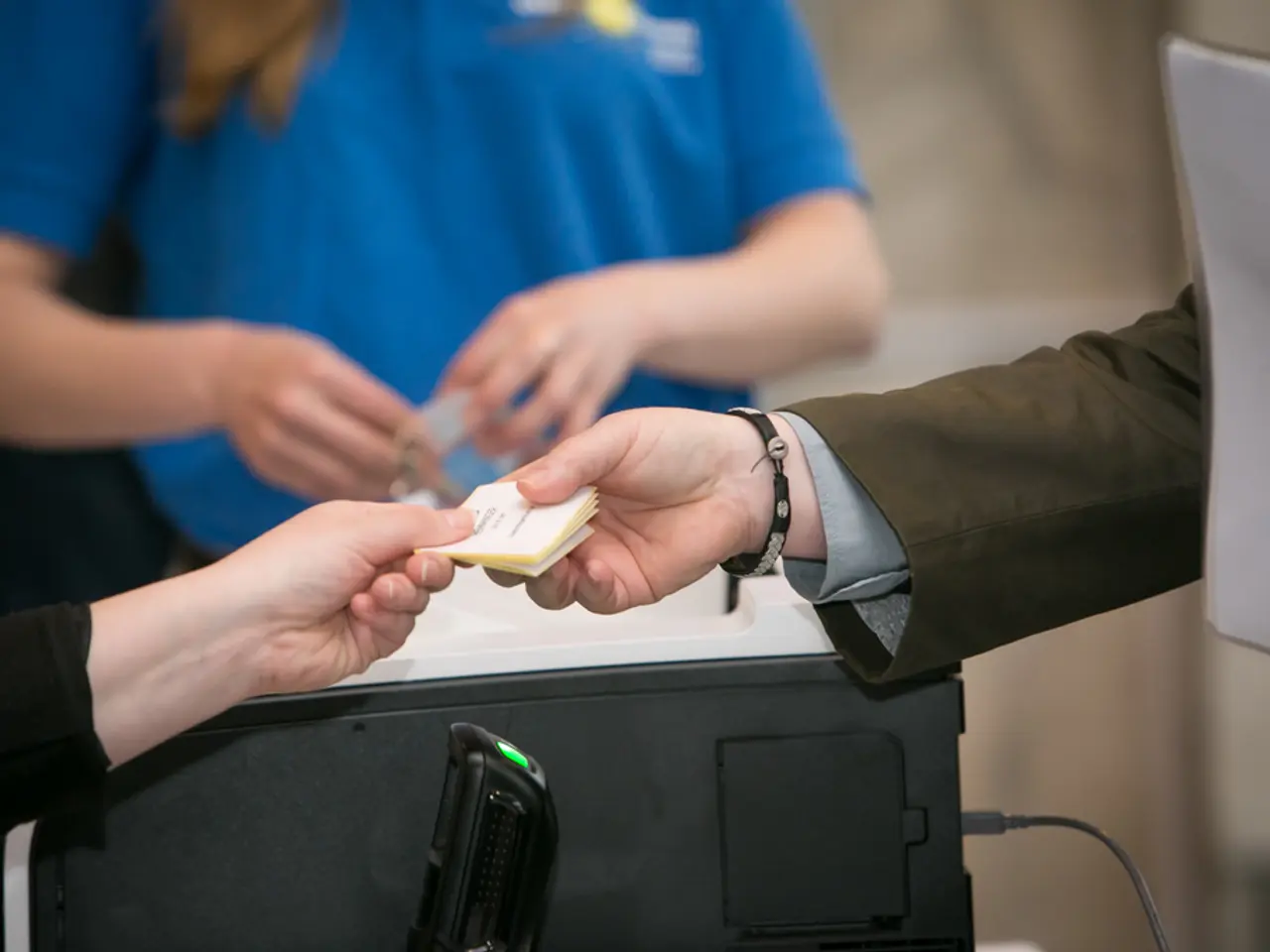Deepfakes Explained: An In-depth Analysis of Artificial Intelligence-Altered Visual and Audio Content
Deepfake technology, a form of artificial intelligence (AI) that generates media content such as images, videos, and audio to mimic real individuals, has rapidly evolved in recent years. Initially gaining widespread attention in 2017 with the posting of manipulated videos featuring celebrities' faces on Reddit, deepfakes have become increasingly accessible and diverse in their applications.
Originating from software like FaceSwap in 2014, deepfakes have progressed from niche, amateur creations primarily involving swapped celebrity faces in explicit videos to widespread, commercially developed tools accessible to the general public via smartphones and web apps by 2025. Today, deepfakes are used in various sectors, including corporate training, entertainment, and more sophisticated audio and video synthesis.
The evolution of deepfake technology has significantly lowered the barrier to entry, making it possible for anyone with a smartphone or internet access to generate convincing fake videos or audio within minutes using freely available tools. Projections estimate that about 8 million deepfakes will be shared in 2025, a massive increase from 500,000 in 2023.
The implications for privacy, security, and authenticity are profound and multifaceted. Deepfakes facilitate violations of personal privacy, notably through malicious impersonations and the creation of fake explicit content used for harassment or blackmail. They also enable highly convincing social engineering attacks, such as mimicking voices to bypass authentication or manipulate employees into transferring funds or revealing sensitive information. Fake ID photos or videos can also bypass physical or digital access controls.
Deepfakes erode public trust in media and information by making it extremely difficult to distinguish genuine content from fabricated material. This undermines confidence in news, fuels misinformation campaigns—especially in critical events like elections or crises—and contributes to a broader erosion of societal trust in digital communication.
Efforts to detect and counter deepfakes are ongoing but remain an arms race; as detection tools improve, generation methods get better, often outpacing defenses. Key markers for detection include unnatural facial movements or inconsistencies in body language, but these are becoming harder to spot.
In summary, deepfake technology has shifted from a niche novelty to a pervasive tool with serious risks to privacy, security, and the authenticity of media, requiring continued vigilance, improved detection technologies, and updated verification methods to mitigate its impact in society.
- The diversification of deepfake applications extends to fields like cybersecurity, where synthetic audio can be used to impersonate executives for spear-phishing attacks or to bypass two-factor authentication.
- As technological advancements push deepfake technology farther, there is growing interest in using it for data-and-cloud-computing and education-and-self-development purposes, such as creating lifelike avatars for classroom scenarios or realistic simulated customer interactions.
- On the other hand, the increasing sophistication of deepfake technology has led to concerns in legal sectors like crime-and-justice, where deepfakes may be employed to forge evidence or create false testimonies, potentially compromising the outcome of trials.
- Deepfakes have found their way into the entertainment industry, creating virtual performances of deceased artists or the impression of celebrities in films and shows, although its implications for the arts remain largely unexplored.
- The use of deepfakes in casino-and-gambling applications, such as creating rigged playing cards or manipulating surveillance footage, raises ethical questions about the integrity of games and the accountability of gaming establishments.




